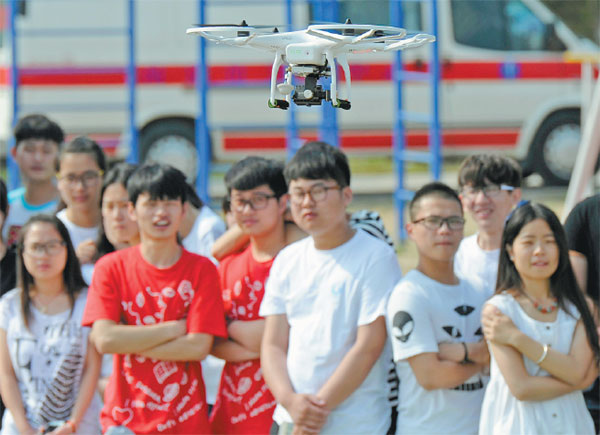Consumer drones are creating a buzz
Updated: 2015-08-03 07:44
By Wang Wen(China Daily USA)
|
||||||||
The fledgling market for unmanned aerial vehicles is growing as new models hit stores
It was a cool June Sunday when Li Zhe took his 8,000 yuan ($1,288) drone for its maiden flight outside of Beijing's city center.
An avid model aircraft fan, he was trying out his second UAV, or unmanned aerial vehicle, after buying his first one last year.
|
A group of people pose for a picture by using a drone camera in Nanjing, Jiangsu province. Provided to China Daily |
"It was great to watch the drone flying and darting around the sky," Li, who works for a real estate company, said.
For years, the 25-year-old used to buy remote-controlled model airplanes in kit form and put them together. But it was a time-consuming business before they were ready to take off. Finally, he decided to switch to drones.
"A friend told me about them, so I bought my first one last year," Li said. "It cost 4,000 yuan and it was already assembled, unlike the model aircraft I used to buy."
Li was also attracted to consumer UAVs because they can take sharp aerial pictures. Since he also has a passion for photography, he could combine both his hobbies.
"My new drone takes wonderful photographs - stunning pictures," he said. "I took some of my friends picnicking in a wood and turned them into a video. Wow, I was so proud of it."
Li is not alone in flying drones. During the past two years, the model UAV sector has become a niche consumer craze.
Although there are no hard figures for the market in China, UAV manufacturers and industry insiders have reported that demand is increasing as prices fall to under 300 yuan for a basic toy drone.
In the next 15 years, the commercial sector, including high-quality consumer drones, is projected to grow to about 50 billion yuan ($8.18 billion) annually, according to Zhang Feng, secretary-general of the Aircraft Owner and Pilots Association of China.
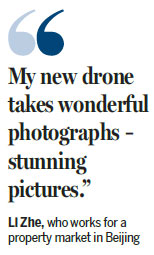
"The country will need more than 10,000 civilian drones once the industry is fully developed," Zhang said. "The market value will eventually reach 50 billion yuan a year and part of that will take into account the consumer drone sector."
The Consumer Electronics Association in the United States has predicted that the global market for consumer drones will be worth $130 million by the end of this year. Around 400,000 model UAVs are expected to be sold worldwide, while sales are projected to reach $1 billion in five years.
Companies here are hoping to cash in on this rising trend, including Dajiang Innovations Technology Co Ltd, a UAV manufacturer based in Shenzhen. DJI is the leading commercial and consumer drone manufacturer in the world with a 50 percent market share. But it only sells 20 percent of its products in China.
Last year, the company sold about 400,000 commercial and consumer drones, and reported a profit of around $120 million, Forbes, the business media giant based in the United States, reported.
"DJI has the right sort of deep technology that we are interested in," Neil Shen, the founder and managing partner of Sequoia Capital China, part of the Sequoia group, which has invested in DJI, told China Daily last month. "That is why it has increased its market share globally."
One of the reasons consumer drones are becoming so popular is that prices have tumbled. Just five years ago, a UAV would cost millions of yuan. Now you can pick up a "professional standard drone" for 4,000 yuan.
"Cost has been the main driver of growth in this area," Hu Qin, chief editor of World Flight magazine, which specializes in the aviation sector, said. "This came about through cheaper smart chip technology, which makes drones easier to handle. It's hard to crash them now."
Aerial photograph is another reason for the rise in consumer UAVs. Even media professionals are using them to get that "special shot".
"By using a drone you can take very exciting photographs from unusual angles," Hu, who also flies drones, said. "It really is pretty cool."
This segment of the industry is developing fast. One new model UAV that will come on the market next year is Lily Camera, which is built by Lily Robotics, a company hatched in the laboratories of the University of California, Berkeley, in the United States.
Small enough to hold in the palm of your hand, the drone is designed to fly independently by tracking its owner on the ground through a GPS wristband device.
Once in flight, its camera captures 1080/60p HD video and 12MP stills, ideal for amateur photographers.
"It maintains a minimum altitude of 1.75 meters in flight," Digital Photograph Review reported on its website dpreview.com. "The Camera is available internationally for pre-order now for $499. But once it comes out, the price jumps to $999."
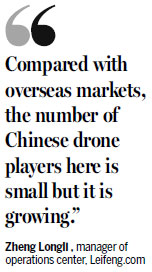
These sort of consumer UAVs also appeal to "drone geeks", a growing band of potential customers. Early this year, Leifeng.com, an Internet and smart hardware information platform, organized an aerial competition in Chengdu, Sichuan province.
"Compared with the overseas market, the number of Chinese drone players here is small but it is growing," Zheng Longli, manager of the website's operations center, said. "We had around 50 competitors compared with the hundreds that take part in countries such as the US.
"But then, we didn't promote the tournament, which included fix-point flying and aerial acrobatics. Information was passed on through word of mouth and online," he added.
Consumer drone customers usually live in major cities such as Beijing, Shanghai and Guangzhou and are aged between 20 and 40 years old. "They are also affluent," Zheng said. "Although the cost of high-quality drones is coming down, they are still relatively expensive when you purchase a top of the range model."
Another problem is regulation. Small drones weighing just seven kilograms and flying below 120 meters do not require a license. But a permit is needed to operate bigger consumer UAVs.
There are also different regulations in different cities for drones. In Beijing, there is a no-fly zone in most parts of the city inside Six Ring Road, including the three airports.
"That is for safety reasons, but it has also affected the market," Zheng said.
In Shanghai, the areas around the two airports, Hongqiao and Pudong, have been designated as no-fly zones for drones. The same applies to Guangzhou Baiyun International Airport in Guangzhou.
Still, the sector is projected to grow in the next few years as regulators come out with more detailed information and drone manufacturers factor in safety concerns.
"We believe the number of consumer drones will increase dramatically in the future," Zheng said. "There is a growing market for them in China. They are fun products and easy to fly."
wangwen@chinadaily.com.cn
(China Daily USA 08/03/2015 page13)
- Remains of Chinese guard killed in Somalia attack return home
- Gala promotes gender equality
- Trafficked woman appeals to be left alone, continue her life
- Wreckage discovery shouldn't disrupt search: MH370 families
- 3,000 students attend pre-exam session in huge hall
- 38.7b yuan in State assets recovered in campaign

 Flying Tigers show in New York
Flying Tigers show in New York
 Kobe Bryant frenzy grips Guangzhou
Kobe Bryant frenzy grips Guangzhou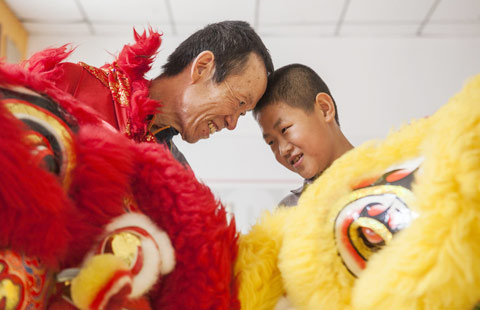
 Three generations keep traditional lion dance alive
Three generations keep traditional lion dance alive
 Shuhe ancient town in NW China's Shaanxi
Shuhe ancient town in NW China's Shaanxi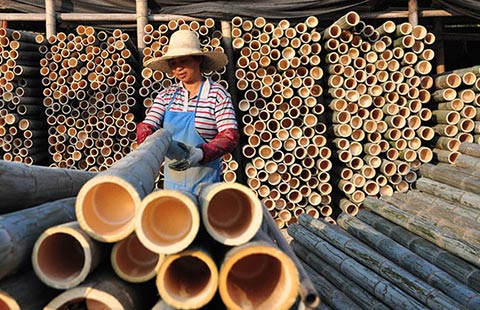
 Top 10 regions with highest GDP growth
Top 10 regions with highest GDP growth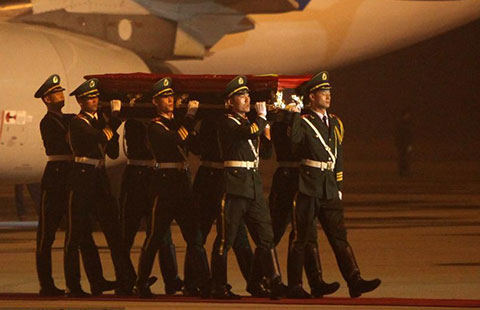
 Remains of Chinese guard killed in Somalia attack return home
Remains of Chinese guard killed in Somalia attack return home
 Top 10 international destinations for Chinese millionaires
Top 10 international destinations for Chinese millionaires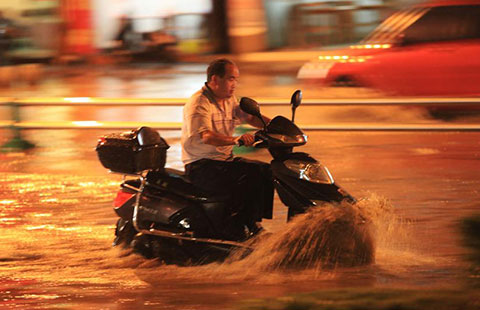
 Rainstorm affects 940,000 in South China
Rainstorm affects 940,000 in South China
Most Viewed
Editor's Picks

|

|

|

|

|

|
Today's Top News
Malaysia seeks help to widen search for MH370
China plays crucial role in development plan: envoy
Biden associates resume discussion about presidential run
Rule covers HIV as work hazard
Professor accused of spying out on bond
Chinese defense concerned about US moves in South China Sea
Remains of Chinese guard killed in Somalia attack return home
Chinese named in test-taking scam deported from US
US Weekly

|

|
